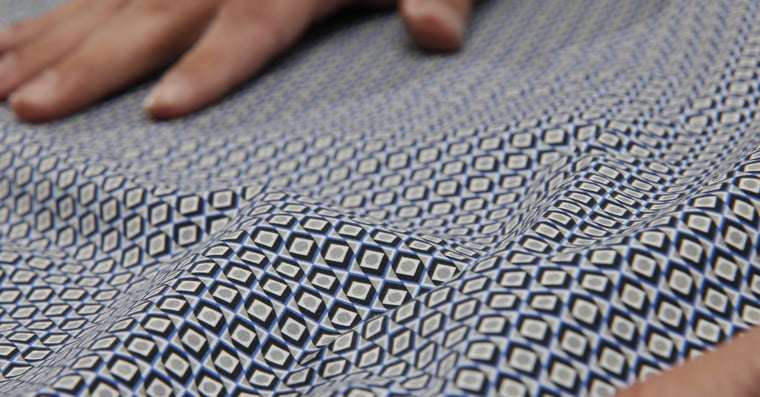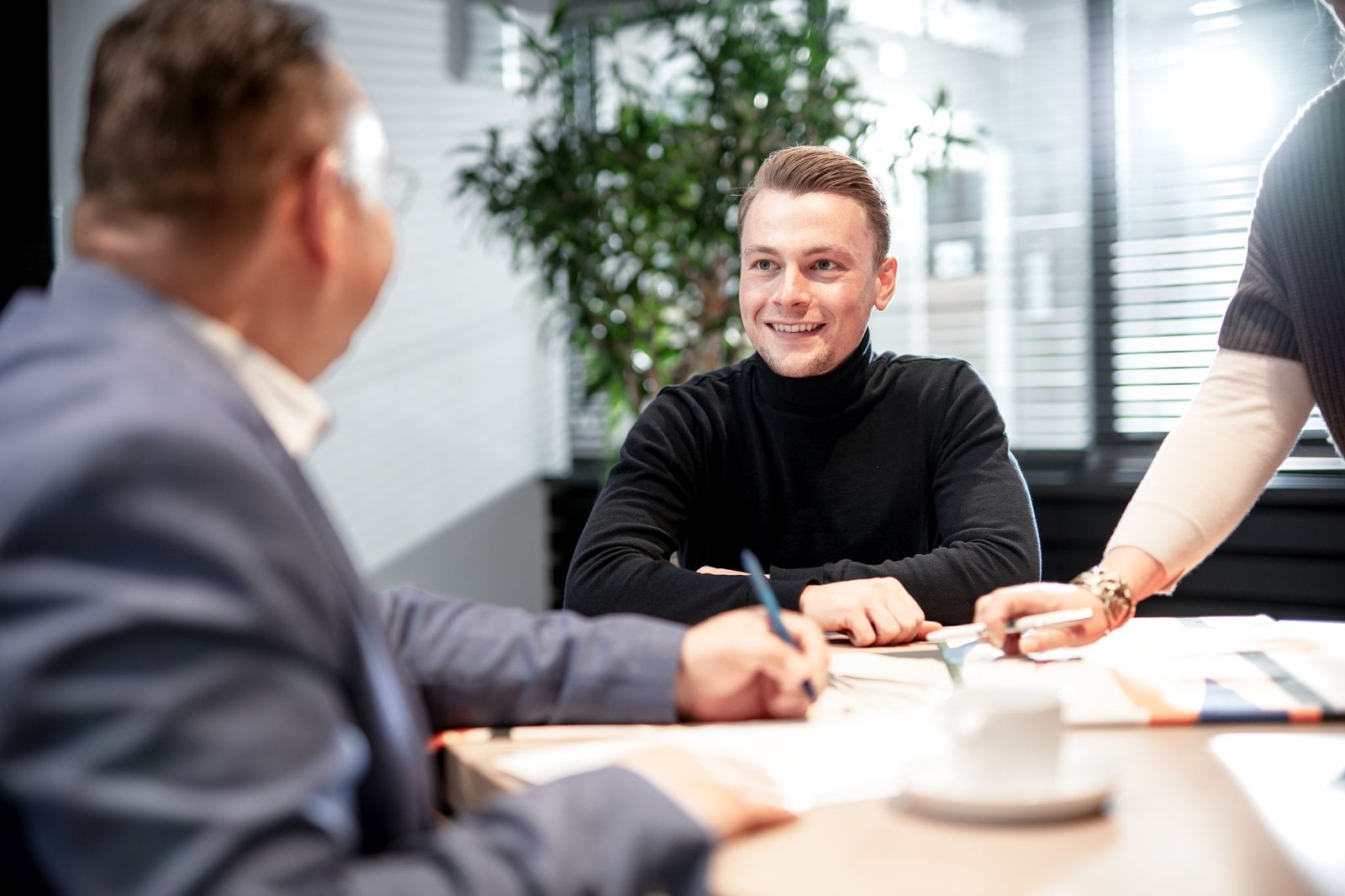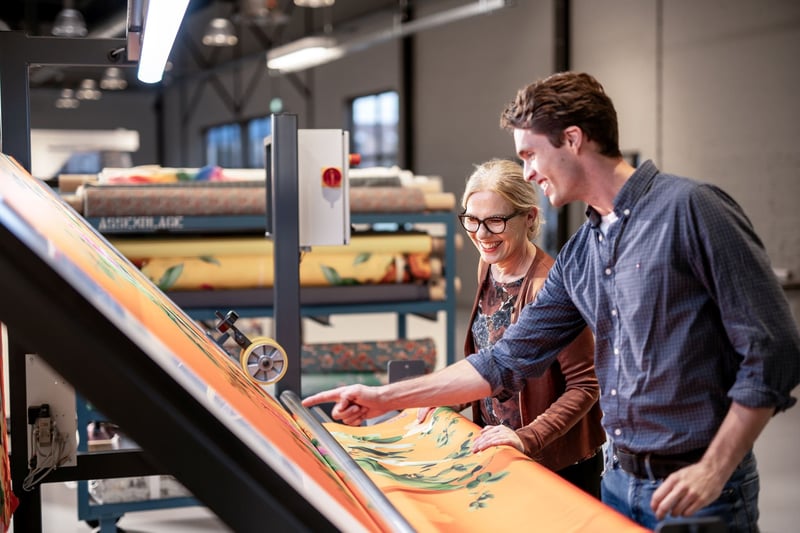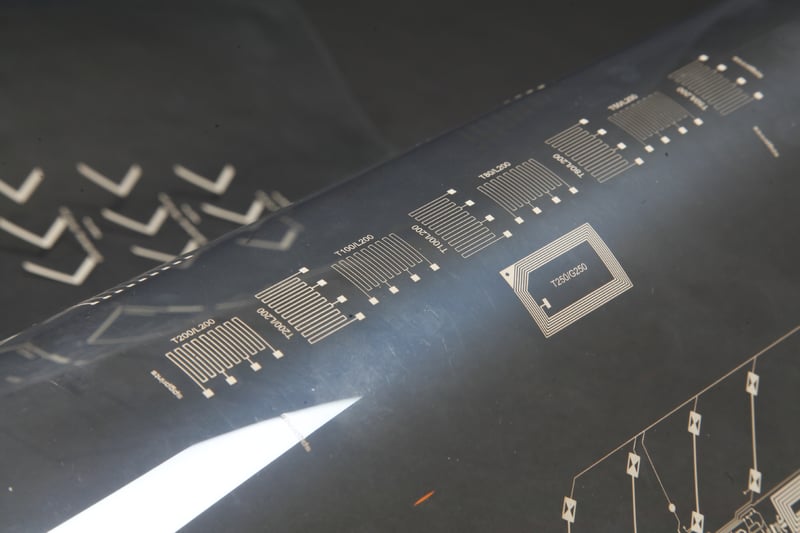In our Comparison Guide for Rotary Screens, you discover more about the rotary screen selection process and various rotary screens.
2 factors determining your rotary screen selection
Two main factors determine which screen best suits your application. The first is the screen's mesh count, or resolution. The second factor is the amount of printing paste allowed through. This is determined by the screen's holeshape, diameter and screen volume.
In this blog, we will discuss two specific types of fabric to print on: wovens and knits. Different screens are best suited for both substrates; in both cases due to the above factors. The infamous moiré effect also plays a role in screen selection, although this is particularly true with wovens. So let's start there.
Printing on wovens: challenges, opportunities and the perfect Rotary Screen(s)
In wovens, we distinguish plain weave, twill & satin. These are mainly used in home decorations and formal wear, such as men's shirts or dress pants. Such textiles often contain finer designs, where precision is paramount. If too much paste is applied to such designs, the texture deteriorates, and the design is no longer sharp. This is why the screen should not let too much paste pass through and, simultaneously have enough finesse to realize the required details.
The OrtaScreen (with 195 mesh) or the NovaScreen 195ED are good choices for printing fine designs on high-quality woven fabrics. If you want to print the finest line possible, choose the Nova 195ED. If the line must be perfectly straight, use the Orta 195.
However, with woven fabrics, you have a chance of generating fabric moiré. This happens when the raster of the woven fabric interferes with the raster used in the design, giving an undesirable effect. We solve this with the so-called screen geometry, which is different on every screen. The various types (Penta, Random, Nova, Orta) have different geometries.
%2c%20SP-%20and%20Penta%20155%20screens%20(right).png?width=774&height=251&name=Screen%20Geometry%20of%20standard%20Penta%20105-125%20%26%20Nova%20(left)%2c%20SP-%20and%20Penta%20155%20screens%20(right).png) Fig. 1 Screen Geometry of standard and Penta 105-125 (left) & Nova, SP- and Penta 155 screens (right)
Fig. 1 Screen Geometry of standard and Penta 105-125 (left) & Nova, SP- and Penta 155 screens (right)
For example, the holes of Penta screens run exactly in the direction of the weft. However, that weft is not always perfectly straight, and the screens also slope slightly, naturally caused by the production process of the screens. This might cause moiré effects. Therefore, for Nova screens, this angle is adjusted (15 degrees down, 45 degrees up). For Orta screens, this is even -15 and +75 degrees. This makes these screens more suitable for moiré-sensitive woven fabrics.
Printing on knits: challenges, opportunities and the perfect Rotary Screen(s)
In comparison to wovens, knits have more volume. As stated before, the material being printed on determines how much paste is needed. Knits need more printing paste to achieve good coverage and penetration on the fabrics. This is caused by the construction of knits, where the yarns may twist during the washing-off process, uncovering blank spots.
Knits are inherently stretchable, which is why they are often used for close-to-body wear. This makes the coverage of the substrate a tricky one. Swimwear and sportswear are typical examples of this. Knits are also common in women's fashion, where bright colors are used. It is important for the printed fabric that the color remains consistent when the fabric is stretched.
Because of knits’ stretchability, much more paste penetration is needed to make the design look acceptable. This means it requires screens with large holes that can let more paste through under the same pressure. At the same time, the screen's resolution must be good enough for high-quality designs, especially with bright colors. This means we’ll need a screen with high mesh.
For the above reasons, the NovaScreen® 165ED and 135ED are often chosen for printing on knits. These screens have a high resolution due to their mesh count but feature larger holes for the paste transfer. These factors allow you to print bright and saturated colors in high quality, with paste add-on as required for knits. Especially for black and navy colors, which are used as contrasting blotches in designs, this is a great advantage. For blotches, the Noa 135ED are the preferred screens to print with, whereas for spot colors, the Nova 165ED is most suitable.
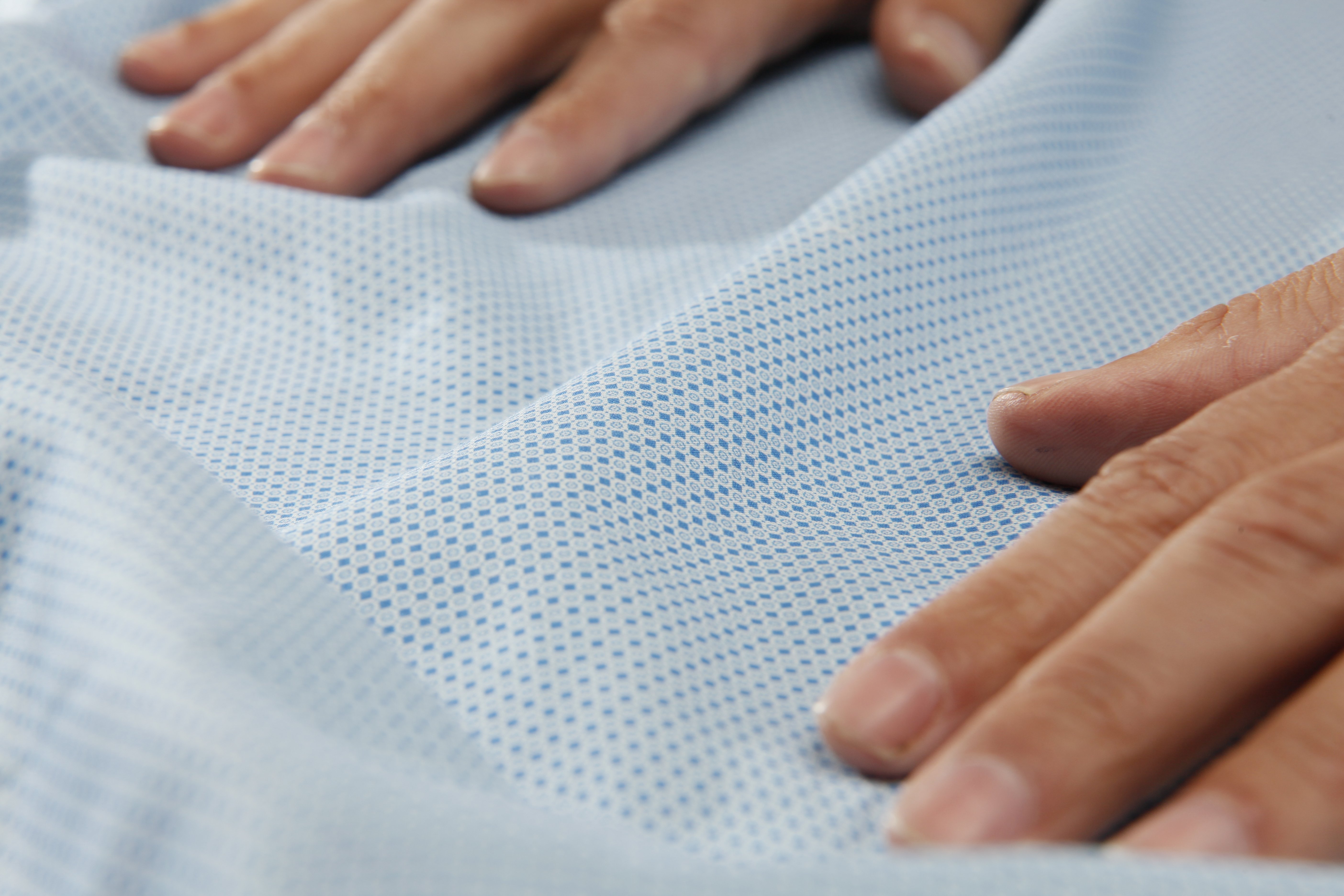
Custom solutions for exceptional challenges
In the above comparison, we clarify how the type of fabric you print on determines which screen is most suitable. However, this is not always as black and white as wovens versus knits. We see many specific challenges in the market that call for different solutions.
For example, it is important to keep the paste at the fabric's surface as much as possible when it comes to pigment printing. Especially for kids' wear and budget-oriented prints, the Random Screen Eco is the right solution. Its special random hole structure combines perfect coverage with a low printing penetration. The main benefits are that the fabric's handfeel remains softer due to less usage of binder. Moreover, printing with the Random Screen Eco is more economical and sustainable as the paste consumption is much lower.
Another example of a specific challenge is printing logos on fabric. These logos are often small and very smooth. They barely absorb any paste, so this must be done very precisely. Runout and spread are likely to occur. When challenges like these occur, our experts look for a customized solution to print the design in the highest quality possible.
As there are many different applications and solutions, SPGPrints is happy to function as a collaborative partner. We want to go beyond just supplying the screen; together with you, we look at the challenges in your printing process and which screen solution would best meet them.
The best screen solution for specific designs
The examples in the previous chapter show that not only the substrate but also the intended design frequently creates challenges that push you toward a particular solution. But what is the best solution for your design?
Our Comparison Guide compares a wide range of screens focused on specific applications. Geometric designs, halftones and flat tones are discussed, and our specialists explain why certain screens are better options for specific, challenging designs.
Download your free copy here and find out which screen is best suited for your application:
As you read this blog, do you think of an entirely different challenge you face while printing? Would you like to print finer, or are you just looking for a more efficient printing process?
Feel free to contact our specialists. They will be happy to help you find the suitable screen!
